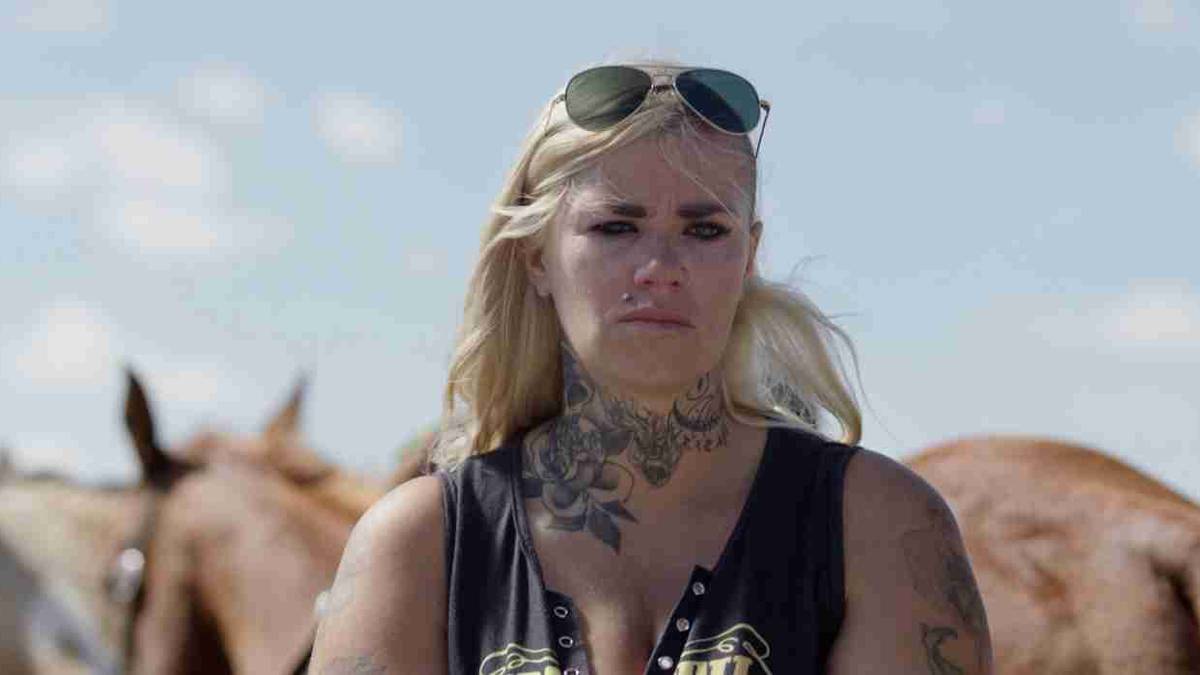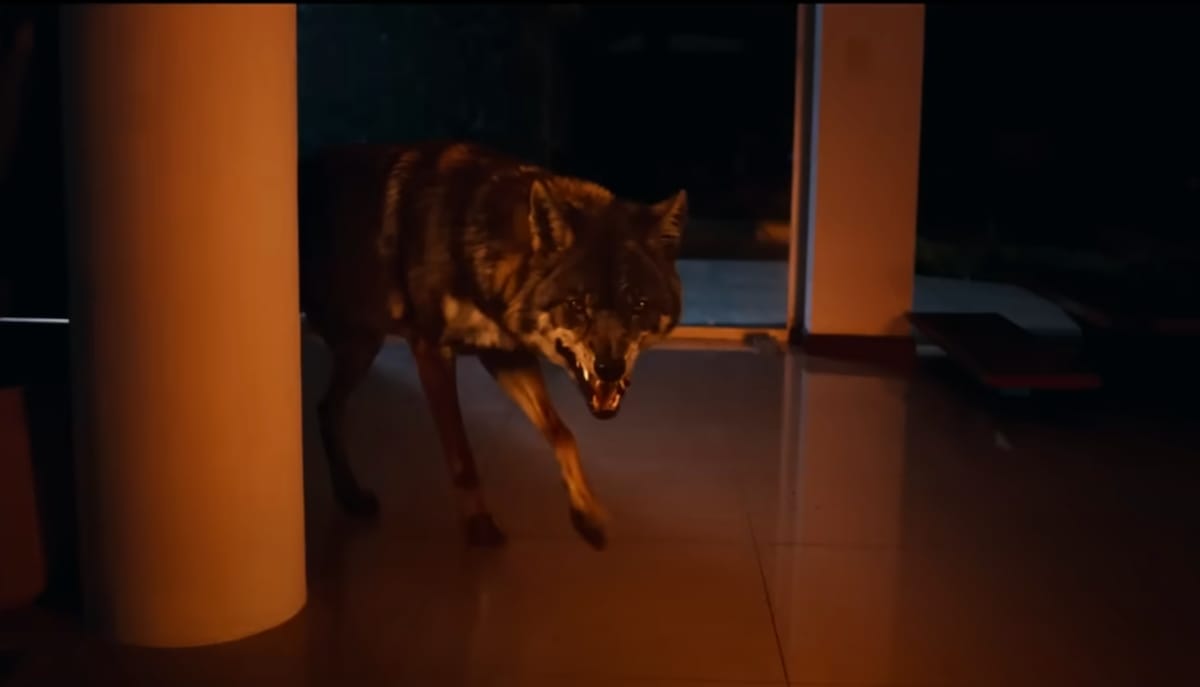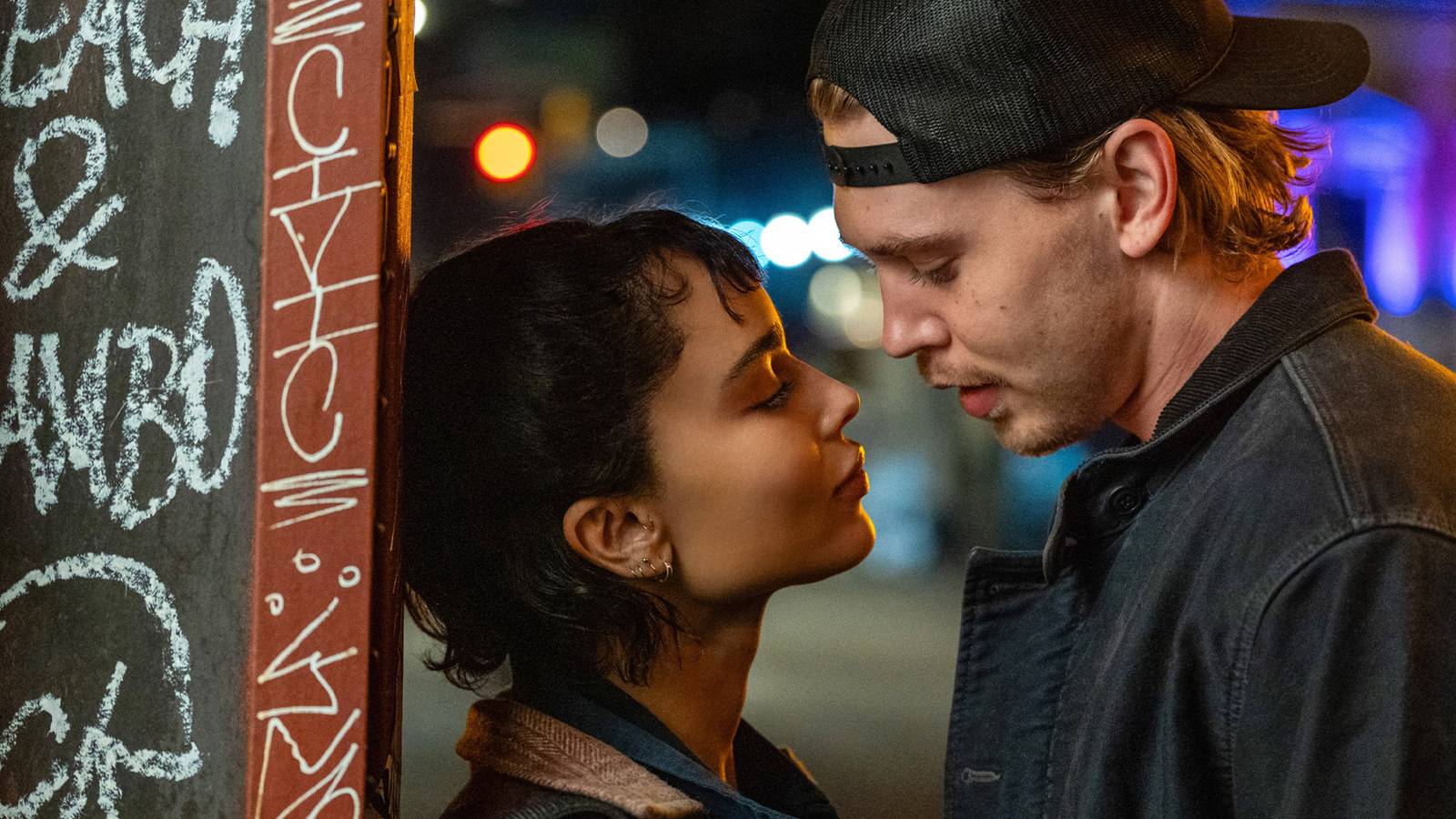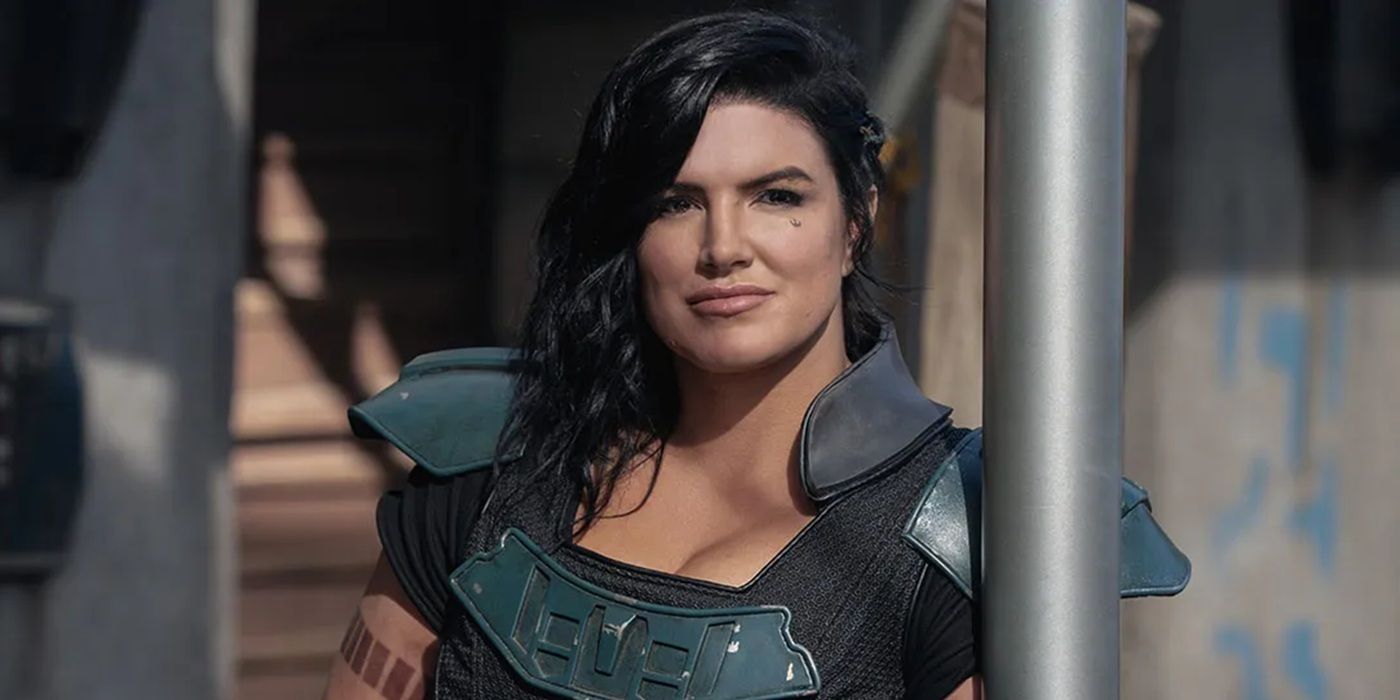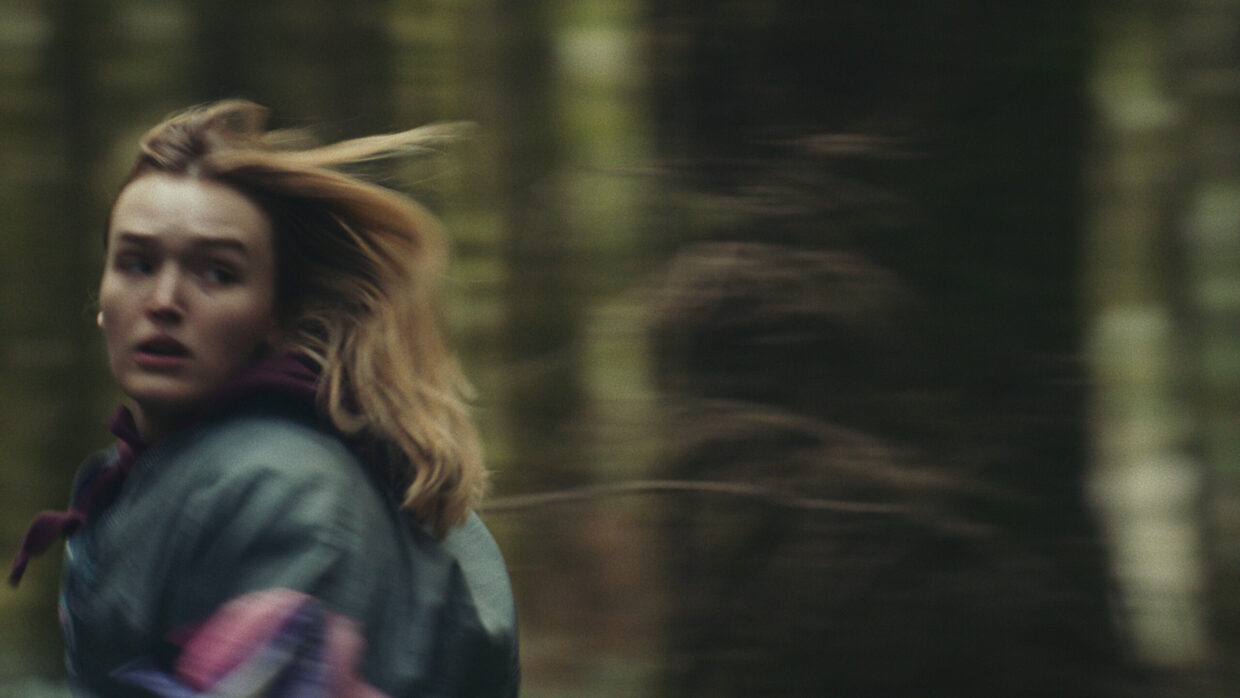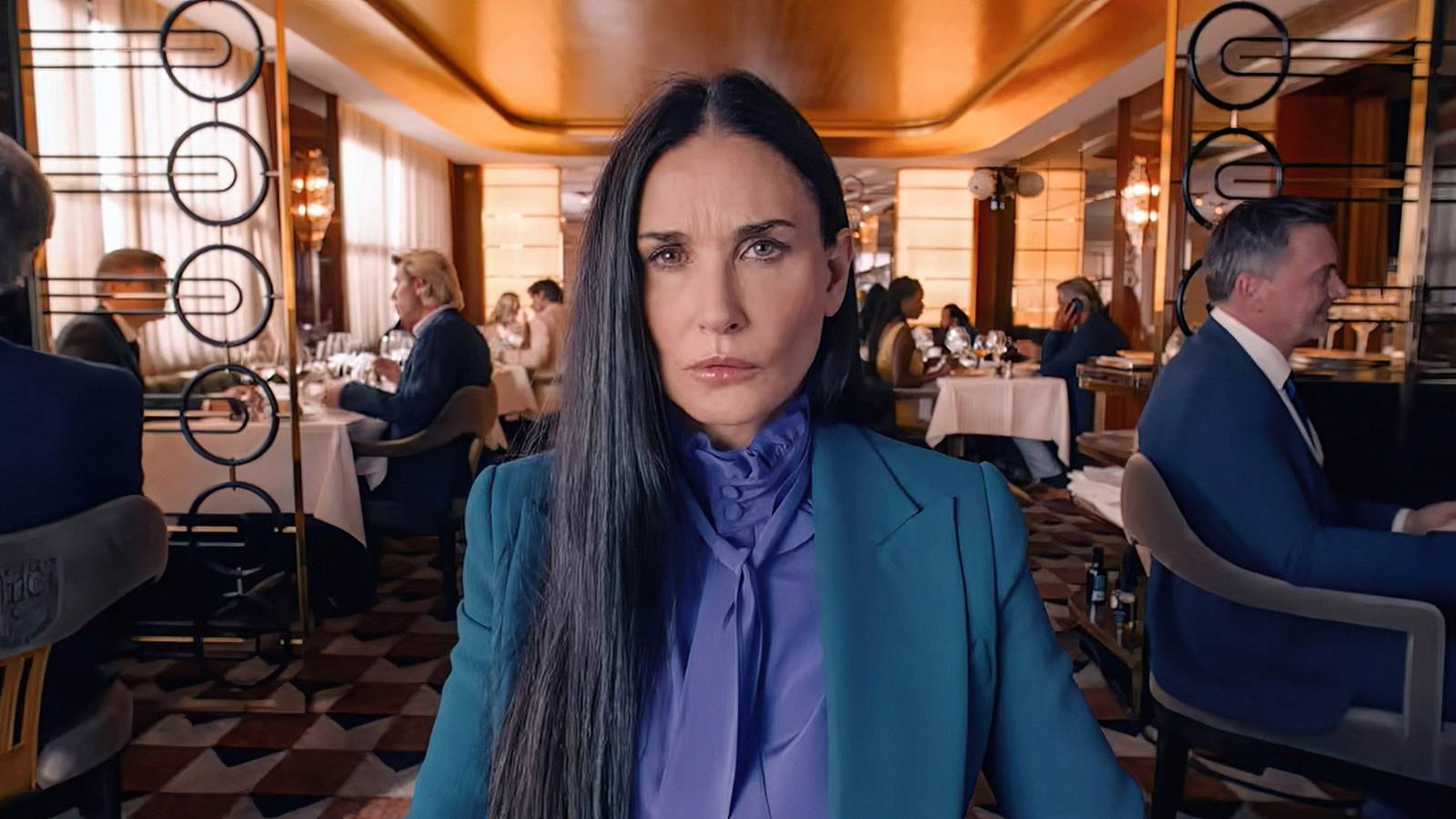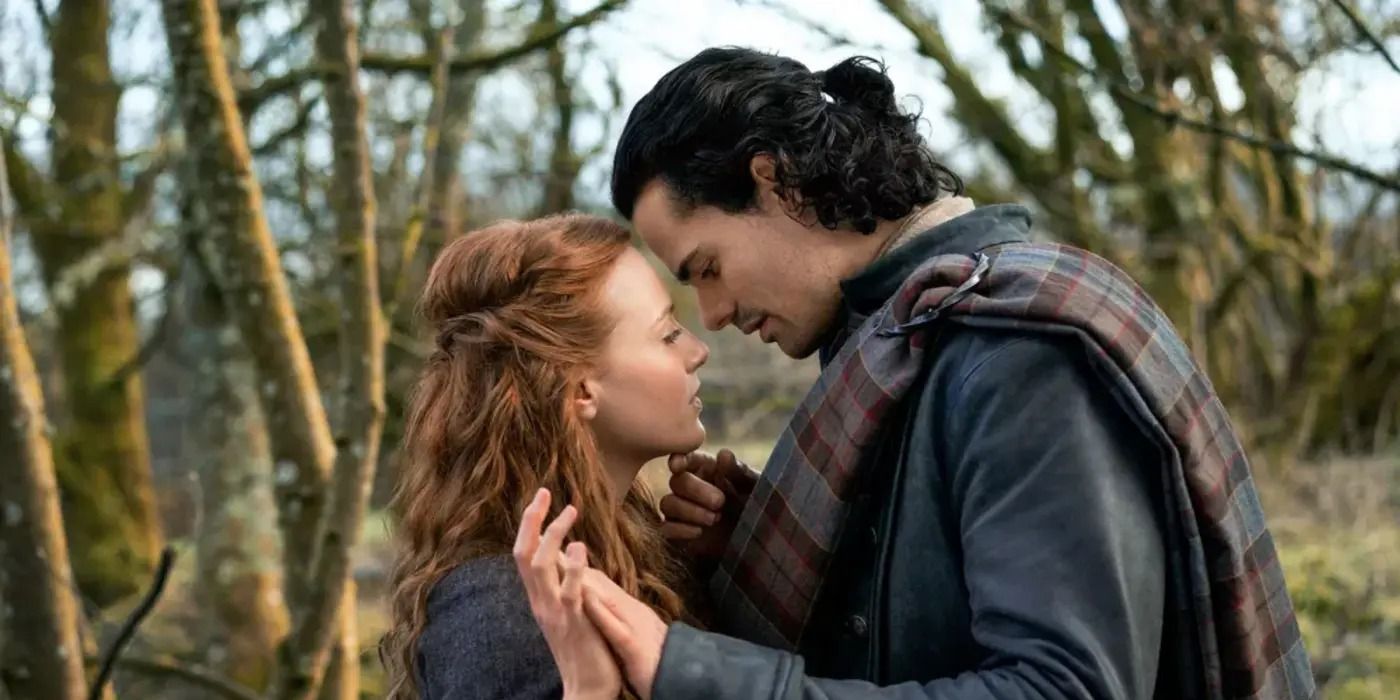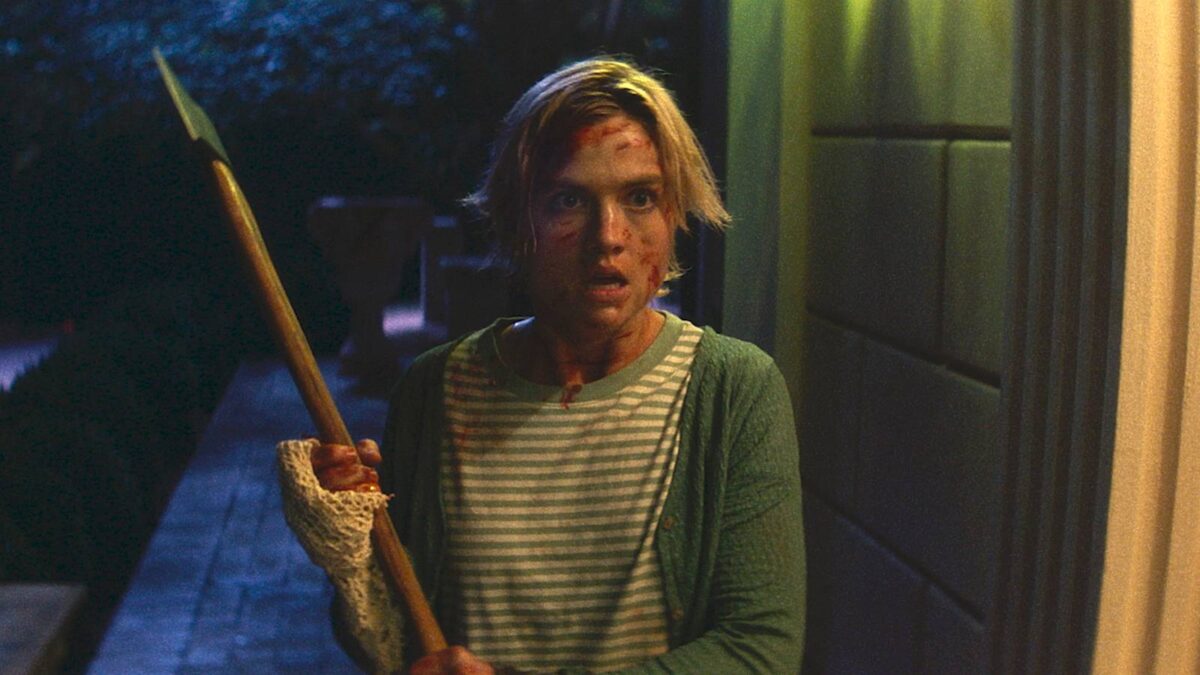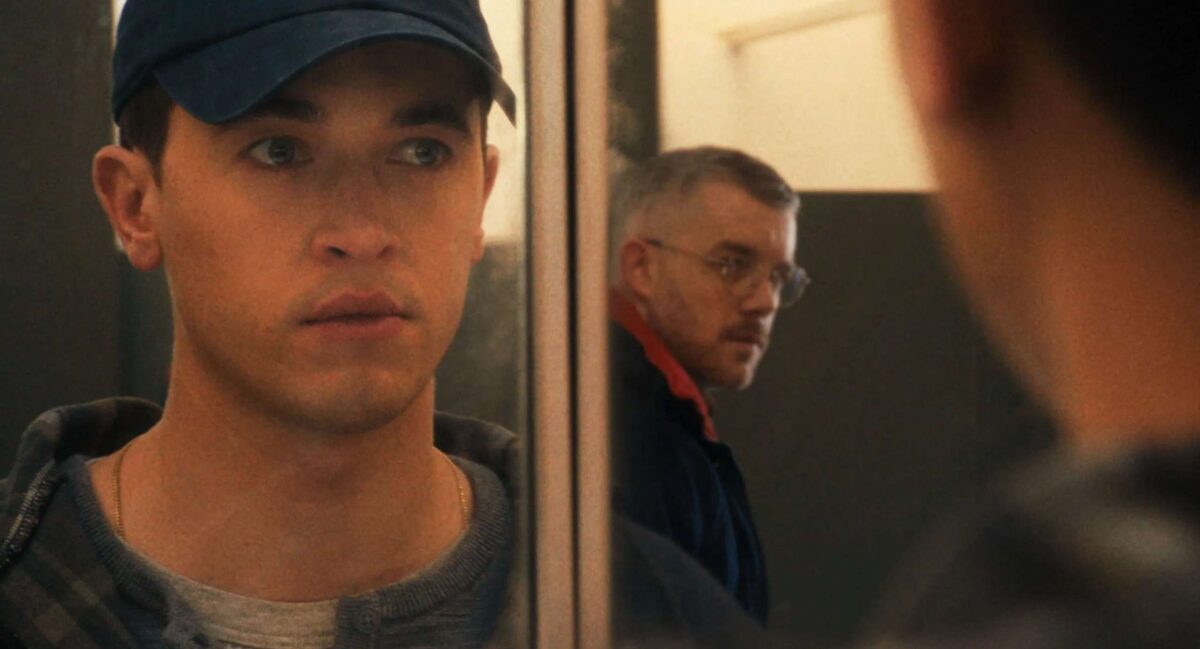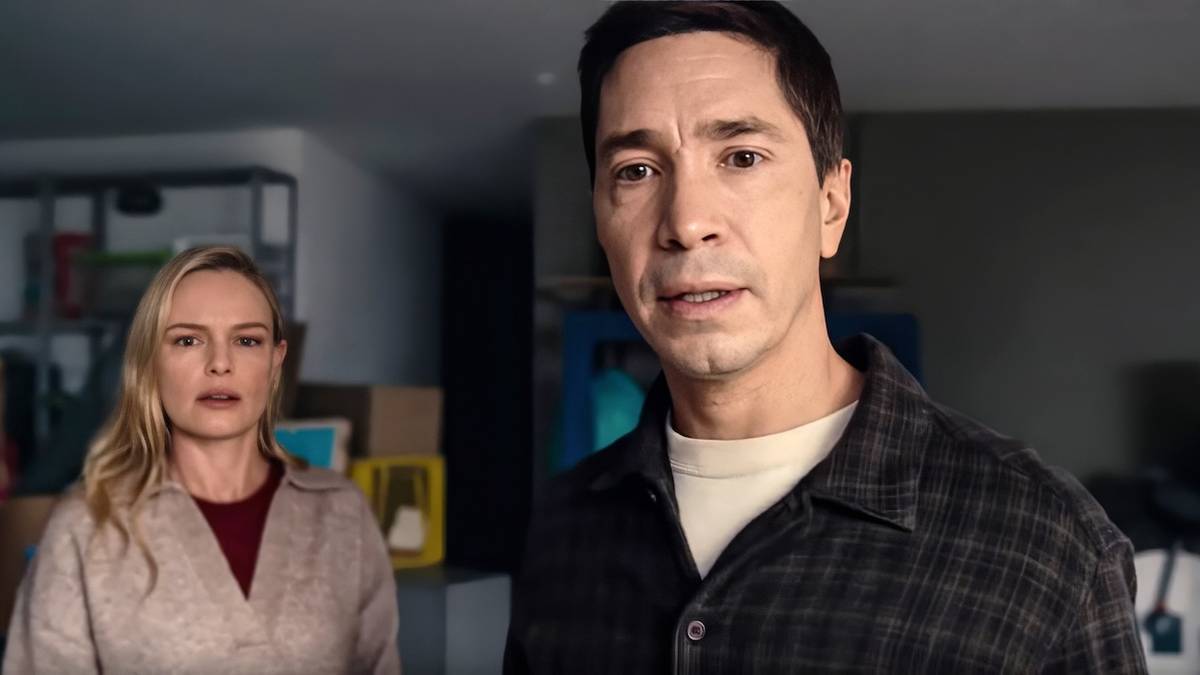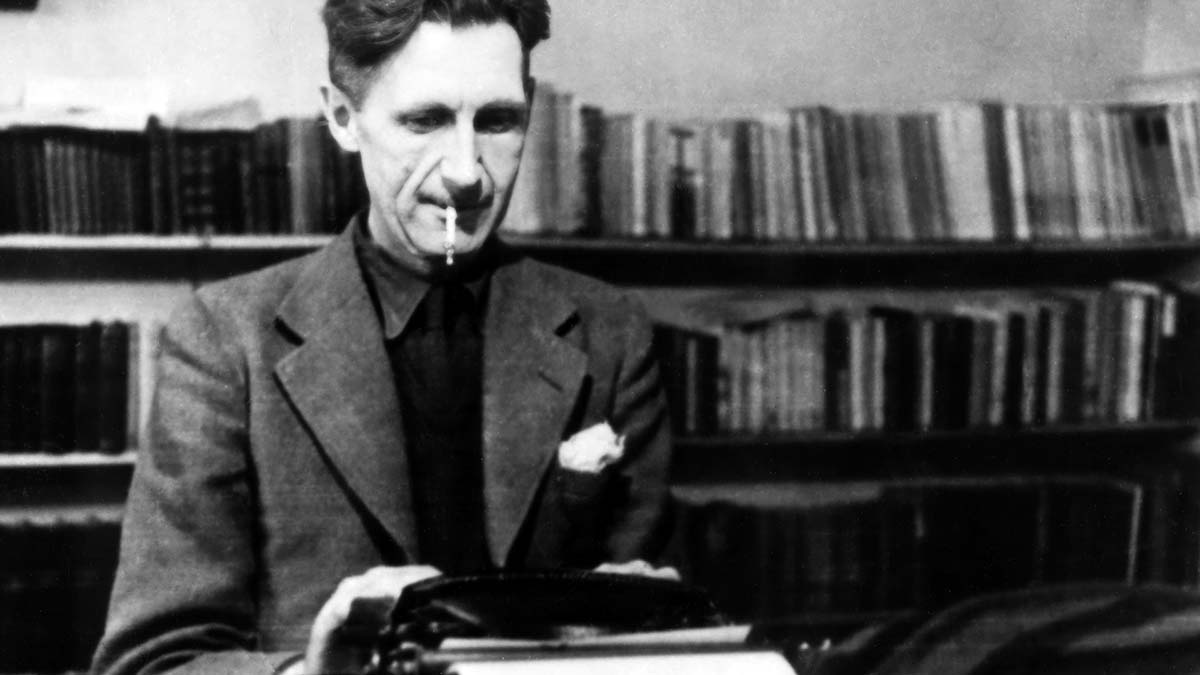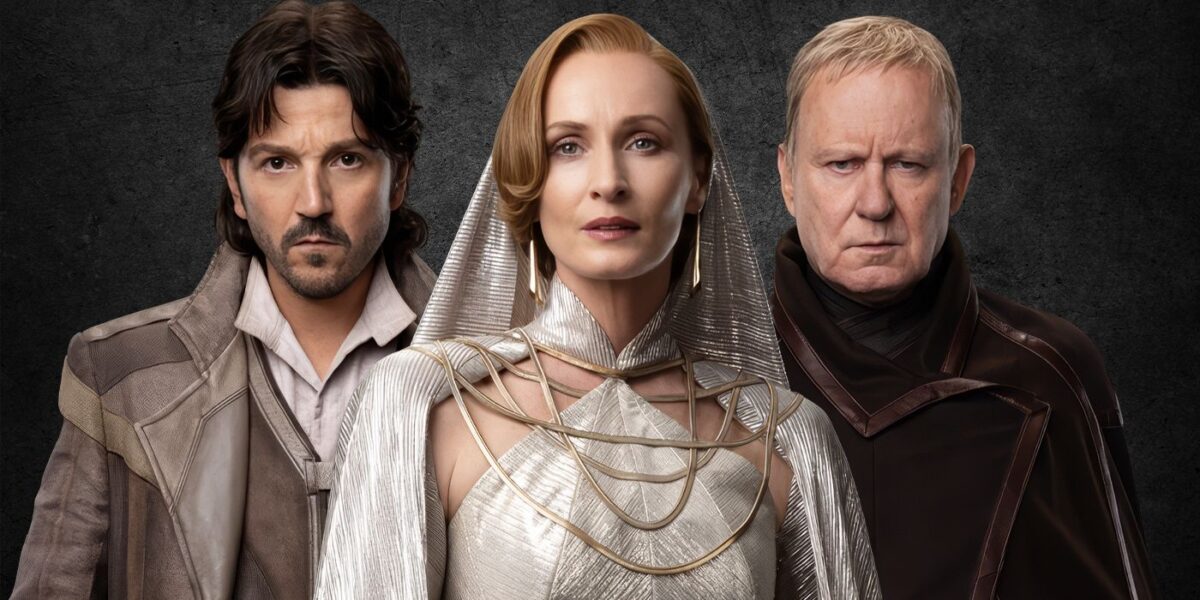
How ‘Andor’s Costume Designer Michael Wilkinson Elevated Season 2 to a New Level [Exclusive]
Jun 18, 2025
One of the crowning achievements of Andor Season 1 was the incredible costumes designed by Michael Wilkinson. With Season 2, he has somehow managed to raise the bar to a brand-new level with his costuming, outdoing the gold standard he set with the first season. Tony Gilroy’s critically acclaimed series has been lauded for its attention to detail — something that is notably present in both the narrative and the visuals of the series. There is an old adage in the costuming world about how great costuming can transform an “okay” show into a “good” show, but what happens when incredible costuming meets an incredible series? Well, you get Andor Season 2, and over 700 of the most breathtaking costumes you will ever feast your eyes on. Following the release of the final season of Andor, I had the opportunity to spend some time chatting with Michael Wilkinson about his costume work on the series. We discussed a wide variety of things, from the thousands of pleats that went into Season 2, to Ghorlectipods, and how shoes are make-or-break for actors. You can read the entire transcript below or watch our in-depth conversation above. COLLIDER: You’ve created 700 incredible costumes, and over that, in fact, and I know that for every costumer, it is really hard to isolate specifically one costume that was your favorite, so I’m going to flip that a little bit. What was the most complex costume to make that ended up becoming one of your favorites? MICHAEL WILKINSON: Good question! I would say I’m probably going to go straight to the wedding dress from Episode 3, because the brief for that from Tony Gilroy was like, “We want something that will appeal to people, it’ll feel relatable, approachable. It’s timeless. It’s classic. But it has to be, of course, of the Star Wars world and otherworldly.” So, it was quite a complex brief, but I think the idea of simplicity was really strong to me. So the silhouette of this dress is actually really simple, but of course, the details were incredibly complicated. I think it took a team of three people about three months to create the whole dress together. There’s a very elaborate understructure. There are 34 panels of fabric, cut on the bias, and all sewn together by hand with hand beading and then embellishment on top of that. So, that was a very complicated build. But hopefully that finished product was just kind of simple, effortless, and with the right kind of vibe for our Chandrilian wedding. It was a very timeless look, and I love everything with Chandrila. I have to say, you were bold for going for that many pleats because I know pleating takes a lot of time, especially with some of the fabrics and the textures you’re working with. Do you have a rough estimate of how many pleats your team worked on this season? WILKINSON: We made the film in London in a studio called Pinewood, and there’s a local pleating company called Ciment Pleating that we did. They powered through pleating for us for weeks on end to provide us with all of the pleating. I think that was over 700 pieces just of pleating that they wanted to create. I think there were about 200 extras at the wedding we had, plus all of our principals, of course. We just used every single pleat known to man: the sunray pleat, the knife pleat, the box pleat, and all different sizes. So, that was really important to us. It was important because I knew the whole Chandrilian wedding finished with a big dance sequence, and I was thinking, “Well, what’s going to move well? What’s going to create great images for our camera? What will really tell the story of Mon Mothma being lost in this euphoric moment of swirling fabrics, where she just wants to forget all of her troubles?” So, pleating seemed like a really good solution to that because pleats move so beautifully. We had pleated silks and sheers and things like that, so you had this fantastic moment at the end of Episode 3, which is just a swirl of pleated fabrics and something for Mon Mothma to lose herself in.
Creating the Textures of a Galaxy Far, Far Away
“There’s an amazing textile team.”
Absolutely. I have to say, I love the texture of Andor. I love when shows dedicate themselves to making sure their costumes feel tactile. Watching a scene, you can imagine exactly how it must feel on the skin or how it would feel to touch. Walk me through the process of sourcing some of these fabrics that go into the series. WILKINSON: I’m really glad you noticed the textures, because that’s a really huge, huge thing for me. In Season 2, we had nine different planets that we went to, and we really wanted to define each of those planets and make them separate from each other. So, how we do that is through a color palette, through textures, through silhouettes. So, texture’s incredibly important. Also, the camera sees everything up close, and we wanted to create textures that were both relatable, like understandable by the audience, but also maybe some things that they’ve never seen before, and posed questions for them. What was really important for me was setting up a costume department with a really strong textile team that were able to take fabrics that we found and then manipulate them, dye them, apply finishes to them, process them in ways that would result in these really unusual fabrics that would help tell the stories of all these different cultures. So, there’s an amazing textile team, combined with an incredible team of people that were sourcing fabrics from all over the world — from Europe, from Japan, from America, of course, from England — and just putting things together in really unusual combinations. That was really important to me to create something very compelling and interesting for the viewers. Did you come across any surprising sources for some of the fabrics? I always remember, I think it was Game of Thrones that ended up finding some fabric at, like, Ikea or something. Every time I go, I think about that, touching the rugs and the fabrics, and thinking about the way that you get creative sometimes when you’re like, “I want this specific look, but maybe this exact fabric is out of stock everywhere that I need it from.” WILKINSON: There were a couple of instances of that. I was after this very subtle pleated fabric for one of the principals of Chandrila, and we couldn’t quite get the texture that I wanted, but we found this really inexpensive fabric, and we washed it. What started out as a completely flat fabric, because of the way it was woven, when you washed it, it created these incredibly unusual, organic sort of ripples through the fabric. So, that was a wonderful surprise. Another interesting sourcing story is that, in Episodes 1, 2, and 3, there’s a sequence where we have 12 members of an early Rebel Alliance group on a planet. It actually ends up being Yavin that Cassian crashes his ship, so you have these 12 characters that are all very unusual and dysfunctional, and they’re all bickering with each other. We had to create very individual looks for all of those characters, and we needed three of each of them because we’re shooting it in the rain over two weeks. So, we found this incredible source: a sort of ex-Army/Navy uniform apparel, tarpaulins, and tents, and amazing, sort of strange flight suits, and things from all different countries that had sort of landed in this amazing supply in the south of England. So, our team drove out there, and they opened the door, and it was literally mountains of clothes that were just piled on top of each other. So it was exciting but completely overwhelming. It’s like this amazing treasure hunt to find three exactly-the-same multiples of things and unusual shapes and detailing things that we could create these characters out of. So, yeah, that was a wonderful creative experience. I love adaptive reuse of weird military surplus. I’ve worked with some military surplus in costuming before, and it’s so much fun because they have so many unique details to it that just add to the layers of things. I love that you brought up the color palettes in some of the scenes, because I feel like a lot of audience members don’t necessarily recognize that color plays such an important role in the visual component of building these scenes. Andor has done really well with guiding the audience through the emotions of characters with the color palettes of not just the costumes, but also the sets. So I’m curious about the costumes. In particular, were there specific scenes that took a little bit of extra time in figuring out exactly what color palettes you wanted the characters in as they were reflecting their emotional states? Because there are a lot of emotions running through Season 2. WILKINSON: There certainly are! The writing is very dense and the characters are very complicated. There are a lot of emotions. You’re absolutely right. I think what’s central to this idea of worldbuilding and establishing palettes for different planets is the idea of working with a production designer and really looking at what each of these cultures stand for. What are we saying from them in our entire story? And how is that different from another planet? So, Luke Hull, the production designer, and I sit down, we talk about what the planet represents, and then we go right down to basics. We’re like, “Well, what materials are available to these cultures to build their buildings, to make their clothing? Where do they come from? Is it very high tech? Is it very rustic? What are these people’s beliefs and cultures? How do they feel about each other? How do they want to portray themselves to other people? What climate do they live in?” So, all of these things affect textures, colors, and materials. Once we have a color palette for each planet, we then put that into test, and we create moodboards and references and fabrics, and set dressing items and illustrations and costumes on sets so it all comes together. Two of the interesting ones for me, color-wise, are the two brand-new planets that they were going to: Chandrila and Ghorman. For Chandrila, we hit upon this interesting color palette of beautiful neutral tones, lots of very soft, neutral tones, with accents of metallics, a whole range of metallics — golds, silvers, bronze, rose gold coppers. That felt really right for the sophisticated elegance of Chandrila. So, what were we going to do for Ghorman? Ghorman, for us, represents all the best things about humanity. There’s solidarity there. There’s a great work ethic. They all support each other. They’re proud of their culture, and they want it to withstand this incredible pressure from the Empire, who are trying to crush them and silence them. So I thought a lot about World War II and Paris and Milan and places like that, where there was an Old World, European elegance in the color palette, and something that was worth saving. It wasn’t flashy like Chandrila or Coruscant. It was sort of this more restrained color palette — lots of navy, again, neutral tones, quite a lot of warm colors to accentuate the humanity of these people. So, yeah, a lot of thought went into the color palette, too, of the planet Ghorman.
How Syril Karn’s Emotional Journey Was Reflected in His Costume
“You sort of see this evolution of him expressing himself.”
I love the costumes in Ghorman. I got to talk to Kyle [Soller] earlier on in the season about his character’s evolution. I’d love to hear your take on getting to play with Syril in Ghorman, and getting to see that evolution and his own style from where he is in Season 1, both when he’s in the military and then when he’s working within the ISB. His character changes so much once he’s introduced to something that’s worth fighting for on Ghorman. WILKINSON: Absolutely. It’s such a strong story to be told, because it really represents someone coming in touch with a culture that is expressive, it’s very human, it enjoys culture and ideas. It’s very opposite to where Syril comes from. When we first see him in Season 2, he’s an Imperial bureaucrat. It’s a very corporate look. It’s extremely fastidious, extremely minimal, and, like, no human details whatsoever. But when he comes in contact with this amazing Ghorman culture, they have beautiful fabrics, they enjoy textures and colors, and combining their looks together in a really expressive way, he gets influenced by all of that. We like to think that he maybe had a tailor make a beautiful coat for him out of Ghorman silks spun by the spiders. He wears a beret, and he buys a velvet muffler and wears that. You sort of see this evolution of him expressing himself and playing with clothing to be an expressive possibility. So, I think that’s really strong because he becomes more Ghorman, and then it makes the tragedy even stronger when the Empire comes in and crushes and silences the Ghor. He is kind of a victim. He feels like he’s working for the Empire, but in fact, they don’t care about him at all, and so they end up completely crushing him. So, I think the clothes hopefully help tell that story a little bit. They do. I love Ghorman because we get this introduction to the spiders, like you mentioned, and the fact that their textile that they’re exporting is from the spiders’ silk. Were there conversations about what that twillery, what that product would look like, what the spiders are producing, that you were involved with in coming up with those fabric textures on Ghorman? WILKINSON: Yeah, absolutely. As usual, there’s lots of crossover with the art department. Rebecca Alleway, who is the main set dresser, had lots of conversations with me about what is Ghorman twill and what does that look like, and together, we came up with some great fabrics that are in the showroom in the scene where Cassians alias, the fashion designer, goes and he’s looking for swatches for his new collection. That’s his front. In fact, as we know, he’s actually working with the local rebels to help them with their own missions. But yeah, we love the idea of this fashion designer Cassian that we’ve never seen before. It’s the absolute opposite to this sort of scrappy, layered, worn-out hero that we’ve seen in him before. This Varian Skye, his fashion designer alias, was extremely fastidious. He’s in these very dramatic colors, very dark purple, very crisp white shirt, lots of handmade accessories, and things, this great eyewear that we designed for him. So, I think you can really imagine a designer coming in and looking at all these great fabrics, and that alias thing, very comprehensive, so that people wouldn’t suspect that, in fact, he’s someone working for the Rebel Alliance.
Varian Skye Was Inspired by a Real-Life Fashion Designer
“Kathleen Kennedy at Lucasfilm was so encouraging of us.”
Image va Disney+
Yes. I love that you brought Varian Skye because I was going to ask you, was that the first time you were getting to create a character that was not so dissimilar from what you do in the real world? Is that how you would dress yourself if you were a Star Wars character? WILKINSON: [Laughs] Interesting questions! Of course, it was fun thinking about what does a fashion designer look like in the Star Wars Universe? I’m a costume designer, so that is slightly different from fashion designer. I do characters rather than produce collections of clothing, but I thought, “Well, what is the most iconic fashion designer?” When people think fashion designer, I think they think of someone like Karl Lagerfeld, who has this very dramatic way of presenting himself to the world. It’s very self-aware. Everything’s considered and curated and just perfect. So, I kind of went in that direction for Varian Skye, but made it, of course, with a Star Wars twist, with the beautiful capes and subtly tailored elements that he wears together. That was our take on what a fashion designer might look like in Star Wars. I’m so glad that I picked up on that, because I first thought Karl Lagerfeld here, so I’m glad that I was not wrong. I have so many more questions about the little details and things. I know Star Wars has very specific rules for how clothing fastens within the galaxy far, far away. For you, what was the challenge, or perhaps helping you to look outside of the box in working with some of the ways that we know things fasten — no zippers, no buttons. Very different from how our clothes look day to day. WILKINSON: I was trying not to think about it as rules, because we didn’t want to add restrictions or limits to our aesthetics. I have to say, Kathleen Kennedy at Lucasfilm was so encouraging of us to think outside the box and not be tied down by the Star Wars canon, but to show us something surprising and fresh and modern. So, I really felt very liberated by that. I did, however, of course, do my research and try to absorb 50 years of Star Wars image-making, films, animations, graphic novels, all of the ways that these characters have been represented. I thought it was important to know the roles before we thought about trying to break them. For us, there were techniques of making costumes that we wanted to tread that balance of. It’s what George Lucas always used to say: there needs to be something from our own earthly world of references in the costumes and the sets of Star Wars, so that our audience can actually relate to these characters. They’re not, like, way-off, wild characters that are completely unstylized, like, “How is that costume even made?” It’s more like referring to cultures, whether it’s Tibetan culture or African culture or Middle Eastern culture, or World War II. There’s always something in the costumes that triggers an emotional response, a historical response, in the audience, so that I can say, “Okay, I feel like I know what this character’s background is or what it’s trying to say and what this character stands for.” So, I was very aware of trying to do that with my costume. It was a balance of trying to do interesting costume construction that really pushed the boat out, and tried new things, but always bringing it back to the fact that we didn’t want to distract with the costumes. They just had to feel real, authentic, and unbelievable, and help our audience connect to the story.
For ‘Andor,’ It’s All About the Small Details
“We’ve all had to wear uncomfortable shoes.”
Image via Disney+
We definitely do in watching it and connecting with it. I have another very small costume detail question. I want to know about the shoes, because I know that cobblers are kind of a dying breed right now, and I want to know about the sourcing for the shoes. Did you have an in-house cobbler among your team who was helping with those? Is it adapting things that are on the market now? I’m so curious. I love looking at footwear. WILKINSON: Footwear is one of those things that I’m obsessed with. I think it’s because in a fitting, actors always say to me, “If the footwear is right, that is over half the battle, if I feel okay walking through a space in my shoes.” And I can relate to that. We’ve all had to wear uncomfortable shoes or shoes that just don’t feel right, and you feel awkward. So, shoes are very important. For the most part, because making shoes is such an elaborate art, I’m extremely specific. I tried to use the world’s most interesting existing shoes that were sourced from all over the planet, came into our workroom as raw materials, and then we adapted and made them right for our story and our characters. We didn’t have an in-house shoemaker, but we certainly sent lots of shoes out to resole, to add details to the uppers. So long as the fit and the comfort were right, and the actors felt grounded, we could then add embellishments. I thought that was more important than the extremely complicated long-term process of creating a shoe for someone that can take five goes until you get it right. We just didn’t have that time or those resources. So, by using existing shoes and making them right for our characters, we felt that was a better direction to take. Especially when you end up needing duplicates, it’s very hard. It’s a hard process. But that’s exciting to hear that it works. WILKINSON: For things like Imperial boots that tuck into the joggers, they had to all be exactly the same. They don’t exist in the world, and so we had them all made from scratch, and a couple of variations in different heights to go with our different Imperial uniforms. We definitely made things from scratch, but they were more basic, iconic shoes rather than anything too complicated. I feel like we’ve talked a lot about the humanoid character costumes, but there are a lot of different aliens in the background and performers in those scenes. What was it like getting to play with some of those costumes and going a little bit more extravagant? I feel like background costumes don’t get as much attention as the main cast, and I would love to hear some of the ones that were the most fun to work on. WILKINSON: Working with the creatures was such a joy. I can’t tell you. We would walk into the costume workshop, and it was just like, “This place is amazing!” They have so many talented people making all of these very complicated creatures. For costumers, it was so much fun. There were characters that were eight feet tall, there were characters that were three feet tall. There were characters that were wide, skinny, all sorts of shapes and sizes that had body padding and extensions and masks and breathing apparatuses that they had to hide inside the costume. So, we had a whole workroom just devoted to costuming the creatures, and they were a very patient group of people. As you can imagine, many fittings needed for these very bespoke one-of-a-kind costumes. Usually, a creature would come back with about four or five different roles within the eight hours of storytelling of Andor Season 2, so they had to have different costumes for different scenes that they were in. So, we had a wonderful team of costumers that were really thinking outside the box of creating these very unusual silhouettes. Andor is streaming now on Disney+. Check out our previous coverage of the series below:
Andor
Release Date
2022 – 2025-00-00
Network
Disney+
Publisher: Source link
Erotic Horror Is Long On Innuendo, Short On Climax As It Fails To Deliver On A Promising Premise
Picture this: you splurge on a stunning estate on AirBnB for a romantic weekend with your long-time partner, only for another couple to show up having done the same, on a different app. With the hosts not responding to messages…
Oct 8, 2025
Desire, Duty, and Deception Collide
Carmen Emmi’s Plainclothes is an evocative, bruising romantic thriller that takes place in the shadowy underbelly of 1990s New York, where personal identity collides with institutional control. More than just a story about police work, the film is a taut…
Oct 8, 2025
Real-Life Couple Justin Long and Kate Bosworth Have Tons of Fun in a Creature Feature That Plays It Too Safe
In 2022, Justin Long and Kate Bosworth teamed up for the horror comedy House of Darkness. A year later, the actors got married and are now parents, so it's fun to see them working together again for another outing in…
Oct 6, 2025
Raoul Peck’s Everything Bagel Documentary Puts Too Much In the Author’s Mouth [TIFF]
Everyone has their own George Orwell and tends to think everyone else gets him wrong. As such, making a sprawling quasi-biographical documentary like “Orwell: 2+2=5” is a brave effort bound to exasperate people across the political spectrum. Even so, Raoul…
Oct 6, 2025

